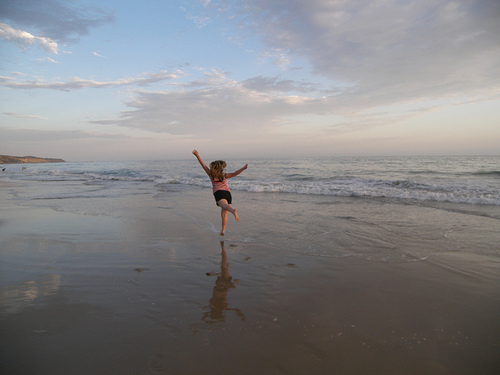
“Fear is a natural reaction to moving closer to the truth.” ~Pema Chodron
By the end of 2011, I was trying my hardest not to see it: burnout.
I’d been going full steam ahead since I turned my part-time business into a full-time vocational mission, back in 2009. When people remarked that I was doing a lot, I would wave away their comments and say facetiously, “Well, you know—I’m a Sagittarius with three planets in Virgo.”
Part of the reason I didn’t want to really look at what was going on was that 2011 had been a banner year. After years of hard work, I was (finally!) starting to see the benefits that come with it: increased traffic, more clients, and more requests to collaborate on projects with people I admired.
But the burnout was obvious: not looking forward to Mondays, not wanting to check email, feeling perpetually tired and overwhelmed, and sometimes, resentful.
I really wanted to be away from the computer, away from email, and definitely not getting distracted with social media. This thought was always followed by an immediate fear: “I can’t do that! I’ll lose everything I’ve worked for!”
But as Chodron says, fear is what happens when we move closer to the truth.
My truth was that I wanted a complete digital break. So finally, from December 15th 2011 through January 15th 2012, I took one.
Since so many people have asked me “how” I could possibly run a business and take thirty days away from being online, I’ll share what I learned.
Is it possible that this is something you could do for yourself, too?
First and foremost, the hard part is simply deciding—and sticking to—taking the thirty days.
It’s easy to tell yourself that you’ll start “after XYZ is finished,” which is a great way to make sure that the sabbatical never happens! There will always be “something else to finish.”
Second, about two weeks before my sabbatical, I began telling everyone what I was doing so that they would know that I wouldn’t be available via email during that time.
I got ahead on anything that would be due immediately after I returned from my sabbatical, so that I wouldn’t come back and be slammed with work. I pre-scheduled updates to my social media accounts so that my clients and readers wouldn’t suddenly have zero updates, and I set up an auto-responder for my email.
Third, it’s worth noting that I didn’t finish everything.
Email conversations that were open, for instance. Taking a digital break is about being willing to surrender, to let go completely, and to trust that when you return, it’s all going to be okay. Everything that needs to get done will get done—and no one will die if you aren’t checking email every day.
If you decide to take a digital break, there will be those things—emails, unfinished projects—that call to you in the back of your mind, especially during the first few days of wide open spaciousness. You’ll be tempted to get back online, just to “take care of one little thing.”
These moments are great moments to practice getting present to your stories, those unconscious beliefs that drive behavior.
What story are you buying into when you believe that you have to take care of “one more little thing” during a time when you’ve promised yourself a break?
In fact, the greatest benefit of a digital break is seeing clearly the compulsive nature of getting online—another way of using fear (compulsive behavior) as a learning experience that gets you closer to your personal truth.
Ask yourself:
What will getting onto Facebook really tell you, that a one-on-one phone call wouldn’t? What’s behind the desire to check your Twitter one more time to see if anything has been re-tweeted?
If I was honest with myself, I found a well of comparisons, fears about enough-ness, and desires to feed my ego behind many of my choices.
The biggest thing I learned during my break was that email and social media were my go-to places when I was feeling anxiety.
Before my digital break, if I was trying to write and feeling blocked, I’d tell myself, “Take a break—what’s happening on Facebook?” Sometimes I’d do it while in the midst of balancing my checkbook! The compulsion to get online was one that was driven by anxiety.
Unfortunately, all of those little, brief “check-outs” were adding up to a major time suck that was leaving me feeling better in the short-term moment, but more overwhelmed in the long-term workday.
The end result of taking 30 days offline was this: I felt better, and despite my fears, my business didn’t suffer.
You don’t have to take an entire 30 days offline, as I did. I would suggest taking at least a week, because the real lessons come with space and distance, but you could start with something as simple as one day or a weekend—no smartphone, no social media, no getting onto the computer.
Ask yourself: What’s compulsive, and what’s a conscious choice? What am I currently trying to avoid seeing in my life? And how might really looking at it be the radical act of courage that shifts it?
Technology makes distraction an easy option, but there’s so much richness that we can gain from taking a break and gaining a new perspective. If you’re at least a little bit curious about what this might hold for you, listen to that whisper.
Set a date. Begin.
Photo by tfkrawksmysocks
About Kate Swoboda
Kate Swoboda is a coach, speaker, and writer who works with women who want to live unconventional and revolutionary lives through practicing courage. She's the creator of The Courageous Living Guide and The Coaching Blueprint, and she hangs out online at yourcourageouslife.com.







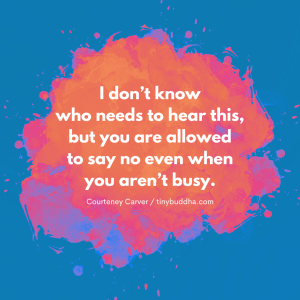
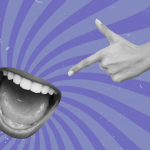
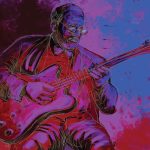


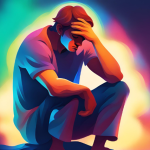
 Though I run this site, it is not mine. It's ours. It's not about me. It's about us. Your stories and your wisdom are just as meaningful as mine.
Though I run this site, it is not mine. It's ours. It's not about me. It's about us. Your stories and your wisdom are just as meaningful as mine. 